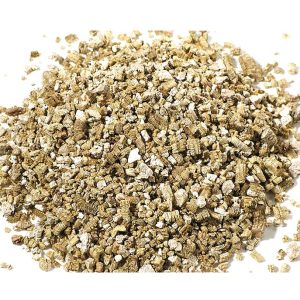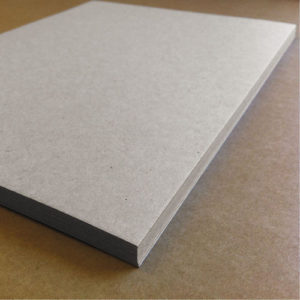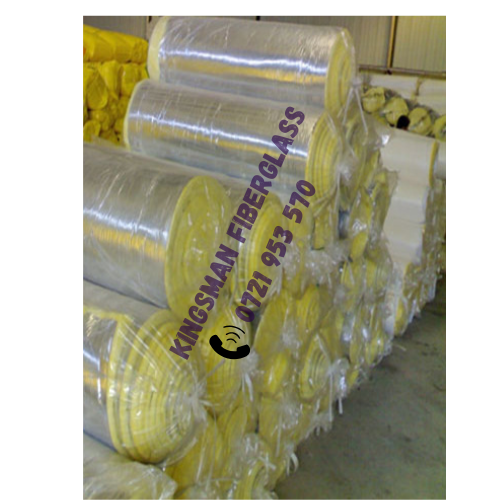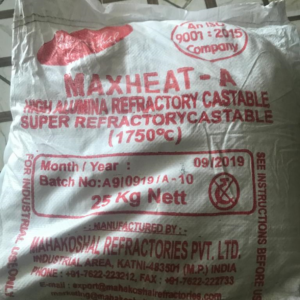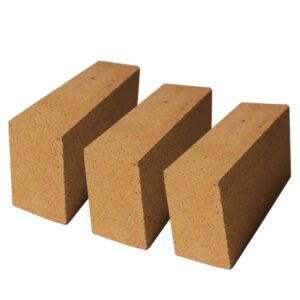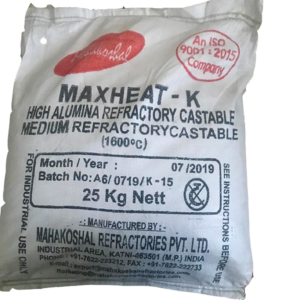REFRACTORY MATERIALS
What are Refractory Materials?
Refractory materials (refractories) are materials that have very high melting points and are also able to maintain structural properties at very high temperatures. They are Composed principally of ceramics, and are used in great quantities in the metallurgical, ceramics, and glassmaking industries. They are formed into a variety of shapes to line the interiors of furnaces, kilns, and other devices that process materials at high temperatures.
The purpose of a refractory material is to withstand the high temperatures required in furnaces, kilns, incinerators, power plants etc. without contaminating other materials and to conserve heat in the area where it is needed, thus preventing heat loss. Dense refractories are heavy with low porosity but high mechanical strength. Insulating refractories have a higher porosity making them less dense and with low thermal conductivity. This increases efficiency and reduces the amount of energy required for the process at hand.
OUR LIST OF REFRACTORY MATERIALS
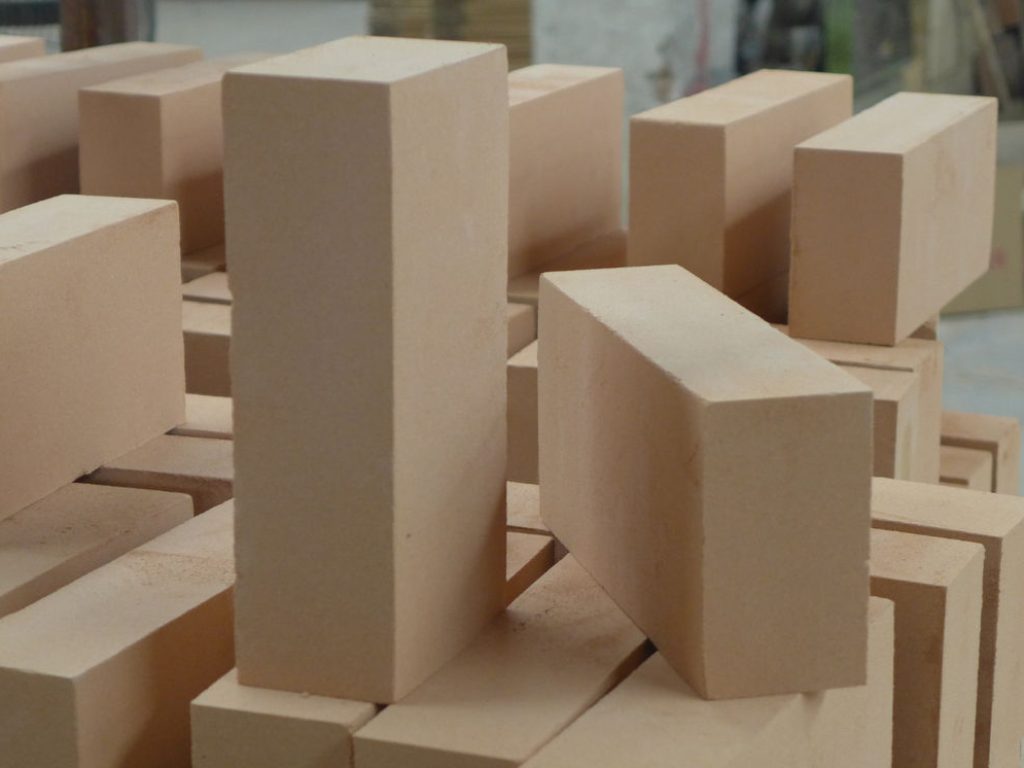
A) Firebricks (Refractory Bricks)
Firebricks are the most common form of dense refractories. They are usually made from hydrated aluminium silicates and small amounts of pother elements.
Firebricks/refractory bricks are one of our main refractory material used mainly in steel mills, boiler houses, furnaces, kilns, ovens and other related applications.
We have two types of fire bricks:
- 40% Alumina Fire Brick-
- 70% Alumina Fire Bricks
Our firebricks measure 230mm by 115mm by 75mm and are bauxite based.
B) Refractory Castable Cements
Refractory castables are premixed combinations of refractory aggregates, matrix components or modifiers, bonding agents, and admixtures. They are mixed with a liquid (usually water) at the point of installation and vibrated, poured, pumped, or pneumatically shot into place to form a refractory shape or structure that becomes rigid because of hydraulic or chemical setting.
The majority of refractory castables use calcium aluminate cement as the bonding agent though in recent years other bonding agents have also been developed. All castables have refractory aggregates and matrix components which allow their use to temperatures up to 1850 deg C.
- CONVENTIONAL DENSE REFRACTORIES
Conventional dense castables are created with high alumina cement, and can withstand temperatures from 1300oC to 1800oC. These refractory castables are great for common furnace applications, burner blocks, speciality muffle furnaces and boiler work. Resistance is a key quality that varies with the choice of materials, resulting in abrasion, thermal shock and slag attack. Casting and gunning techniques are the method of installing the materials. For the ease of castable placement, gunning materials and water are combined together at the gunning equipment’s nozzle. This is a great method of placement for bulk materials, in cases when circumstances make formwork overly time consuming or simply impractical. In general, the method of installation will depend on cost and accessibility.
- INSULATING
Another product that we supply is the castable refractories that are low density. These insulating castables pose very low thermal conductivity and are utilized for either high temperature face work or when used for a backup lining, which is found behind dense castables or brick work. Here, the insulating castables are able to decrease the lining’s overall density or the cold face temperature. Their strength, which ranges from low to medium, is based on the fact that their density is low and is the main reason that they are not resistant to abrasion. They are most suitable where they do not have to stand up to much wear and tear.
- LOW CEMENT
This type of refractory castable is prepared with a lower amount of cement than the standard dense castable is normally created with. Low cement castable refractories fluctuate in alumina content, which provides exceptional physical properties, including low porosity, great abrasion properties and high vigor. These products will commonly necessitate installation that is controlled, however, the big advantage of low cement castables is that they are easily pumped into position, and some may not require vibration, because they are free flowing.
REFRACTORY CEMENT IN KENYA
There are various types of refractory cement in Kenya. Kingsman Eng. And Industrial Insulation supplies the 3 main types refractory cement in Kenya. These are Fondu Cement, Maxheat K and Maxheat A. The three types of cement are classified according to their alumina content which determines the range of temperature which they can withstand.
A. Fondu Cement In Kenya
CIMENT FONDU® is a calcium aluminate-based hydraulic binder and contains calcium silicates, as opposed to Portland Cements. Its has the properties of high early strength and good refractoriness.
Fondu Cement Properties
- High temperature resistance (up to 1000°C)
- Has 3 to 30 minutes setting
- Corrosion Resistance (pH ≥ 4)
- Suitable in very temperatures (-10°C)
- Quick activity resumption (activities can be resumed after 6 hours
Fondu Cement Applications
Fondu cement in Kenya is applied in various places such as incinerator walls, fences, barbecues fire drill areas, sewage and wastewater systems, seaside projects, ovens, industrial floors, agricultural buildings, lintels, sealing hinges etc.


B. Maxheat
Another common refractory cement (fire cement) in Kenya is Maxheat K. It is premixed refractory compositions which can cast into any require shape and size. It is mostly preferred due to its high thermal and shock resistance.
MaxHeat K Specifications
- Material: – Refractory Castable
- Type: – 56% Min – 60% Max Alumina Dense castable
- Nature of Bond: – Hydraulic
- Installation: – Vibration Casting
- Service Temperature: – 1600°C
- Maximum Grain Size: – 5 mm
- Water required for casting: – 11 to 12.5%
Applications of Maxheat K
Maxheat K fire cement in Kenya is applicable in General purpose uses, Blast furnace, Foundries, Forge furnace, Tunnel kilns, Heat treatment furnace car tops, Electro phosphorus furnace, Sock pit cover construction etc.
C. Maxheat A
Maxheat A is a castable cement in kenya suitable for high temperature applications. Just like Maxheat K It is premixed refractory compositions which can cast into any require shape and size. It is mostly preferred due to its high thermal and shock resistance.
MaxHeat K Specifications
- Material: – Refractory Castable
- Type: – 88% Min – 90% Max Alumina Dense castable
- Nature of Bond: – Hydraulic
- Installation: – Vibration Casting
- Service Temperature: – 1750°C
- Maximum Grain Size: – 5 mm
- Water required for casting: – 9 to 11%
Applications of Maxheat K
Just like Maxheat K fire cement in Kenya, Maxheat A is applicable in General purpose uses, Blast furnace, Foundries, Forge furnace, Tunnel kilns, Heat treatment furnace car tops, Electro phosphorus furnace, Sock pit cover construction etc. However, its service temperature is higher than that of Maxheat K.




